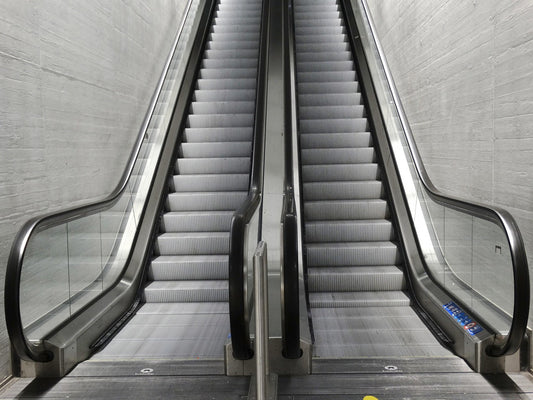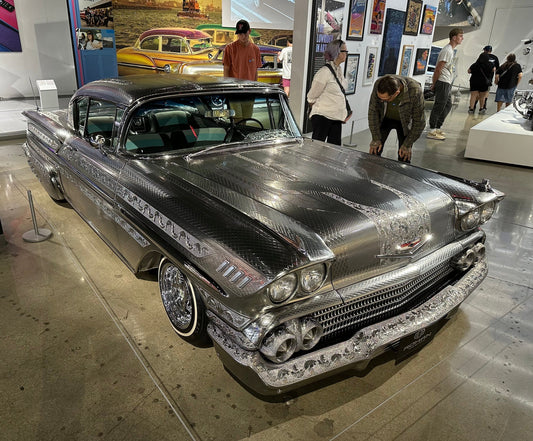In 1989, a physics geek named Tim Berners-Lee had a problem: sharing documents with his colleagues was cumbersome and inefficient. A paper shuffle. At a time when few people owned computers or knew what the internet was, he came up with a crazy solution—hyperlinked text that could instantly connect related documents across a global computer network. This concept, which allowed users to click on a word and be taken to related information without having to physically deliver the piece of paper or book, laid the foundation for what we call today the World Wide Web.
A crazy, whacky idea, that would someday turn into something useful.
On a very much tinier scale, I too had a dilemma. How to eliminate the problems of AC power in our homes: shorten and fatten the hundreds of feet of connecting wire, eliminate the problems of power sharing, and for the cherry atop the sundae figure a way of adding capacitance to connected power supplies.*
*Which is essentially what the net result is of lowering the impedance by regulating and repairing the shape of the AC. If you can't do that externally, as I was trying to do, you could theoretically go inside each of your pieces of stereo equipment and double or triple the amount of power supply capacitance—something perhaps as impractical for me as shortening the wires in your home.
Clearly a pipe dream since at the end of the proverbial day what I needed to wind up with was a magic box that would be the first in a chain of HiFi equipment—and I had already determined that placing a parallel device did little to nothing while a box with a series element only made the problem worse.
On a night time walk an idea flashed into my head. Maybe I am thinking about this all wrong. Maybe, instead of trying to fix what is already broken, I start fresh. I ignore entirely what is the problem and build my own power generating station with perfect, clean, low impedance regulated AC power available exclusively to our customers. Fuel it with the already broken power coming out of the wall.
Yes! Of course!
How might one do that? Well, a miniature version of how that is done in the first place. A motor and a generator.
Your city's power generating station uses some form of energy transfer to spin a generator and produce electricity (an electric generator is nothing more than an electric motor that is externally turned by something else). That external energy used to spin the generator is from the flow of water (a water wheel fed by a stream or a dam), or the rush of steam by the boiling of water turning a steam engine (the water is boiled from the burning of coal or natural gas or the heat of a nuclear reaction).
So, in my whacky idea, we turn it upside down. I proposed to use the electricity out of the wall to spin an electric motor, and that electric motor would be attached to an electric generator (another motor used in reverse). Since stereo systems don't take that much energy (compared to your whole home), this contraption wouldn't have to be too big. I sketched out this idea and figured I could build a reasonably small sized box, probably no bigger than a power amplifier, and sell it as the perfect generating station for perfect power.
Excited, I laid out my idea to Terri one evening. She listened politely, asked a few questions, then asked me if I had lost my marbles.
"There's no way that thing's going in my house. And, wouldn't it need maintenance over time? What if it lit on fire? Overheated? A kid opened up the top and stuck their finger inside? And wouldn't it make noise?"
Oy. She was right.
But the fire had been lit, the path was clear. There wouldn't be any way to fix what is wrong with our AC power. I would have to figure out a better way to generate it from scratch.










